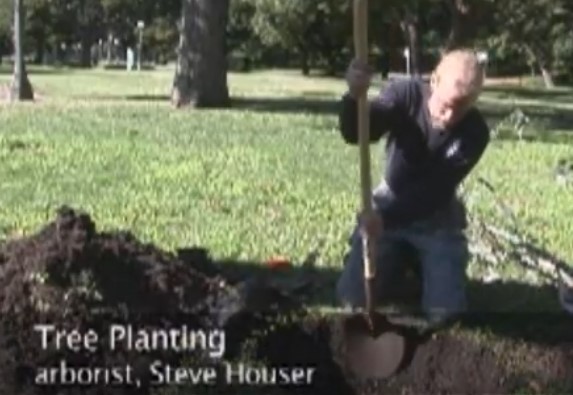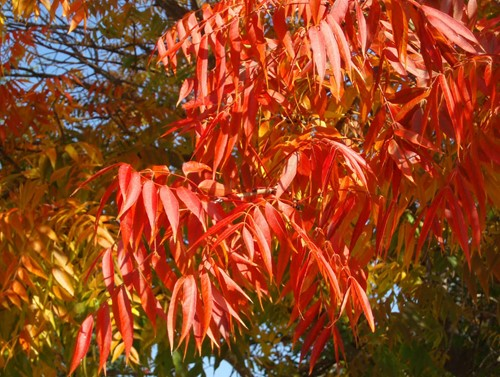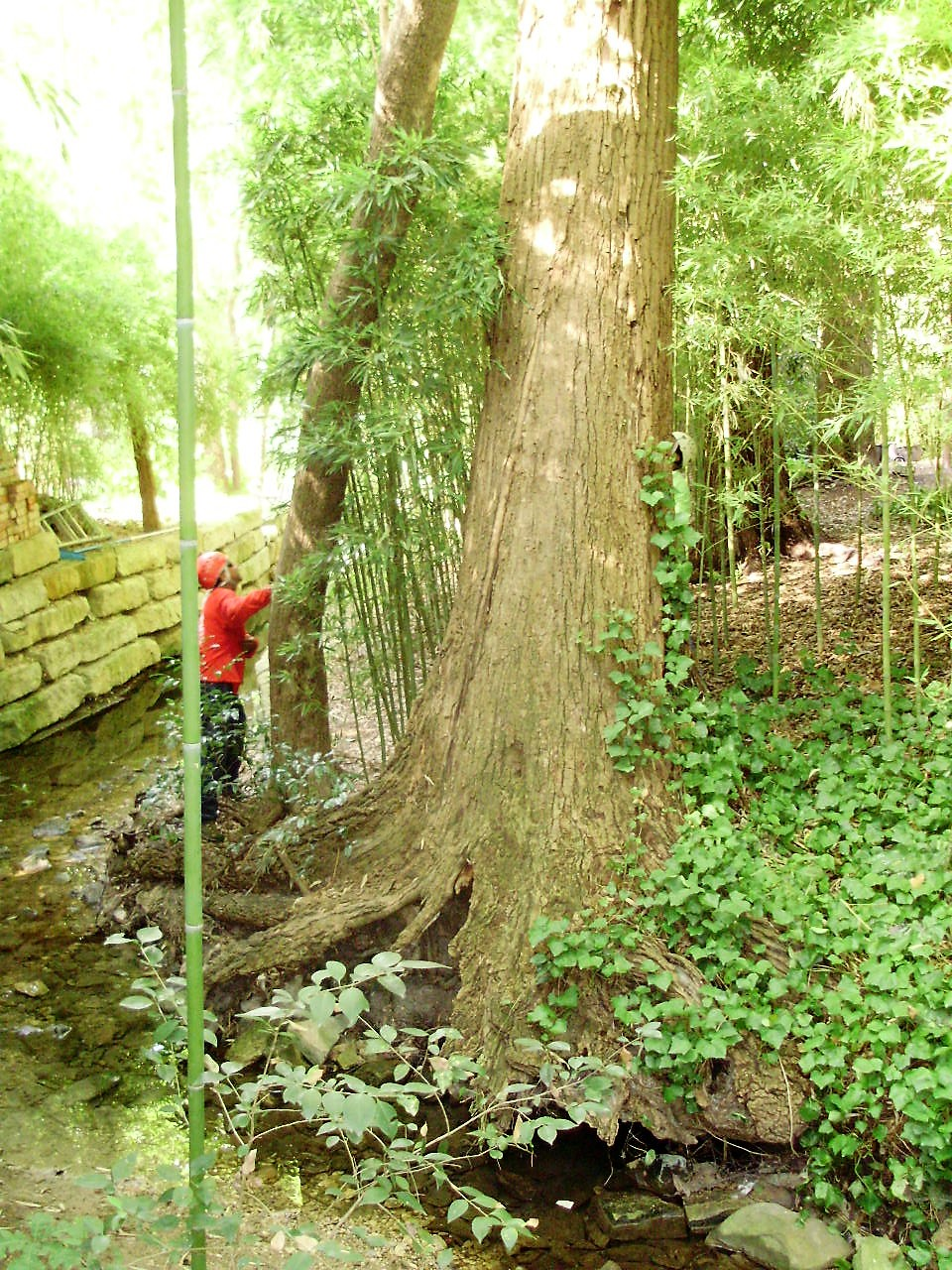Published September 26, 2014 By STEVE HOUSER
Tree Planting: Site and Species Selection, Part One


The right tree planted in the right location provides the maximum amount of value at the lowest possible cost and avoids unexpected problems. Likewise, the wrong tree planted in the wrong location will always create headaches and often costs more for maintenance. A large-growing shade tree planted too close to a house or building will cost more to keep the tree pruned back from the structure. The tree may need to be removed someday–at a much higher cost than a tree planted in an open area. A tree growing near a house with a canopy extending over the roof will require extensive and time consuming roping to avoid damaging the structure. Large limbs can weigh hundreds or thousands of pounds, which may require a crane to safely remove them. If you plant too close to a structure, it is great job security for your arborist but not always great for your budget.
If you have an open spot that you feel needs a tree, please consider doing the research and thinking required to do it right. Where you plant a tree can make you a real hero or a big zero.
Here is a list of questions to ask yourself:
• What tree characteristics do you prefer in the spot? If you need a screen for a view or to block noise, you may need an evergreen tree that retains its leaves in the winter. The leaves of a deciduous tree provide shade in the summer, reducing the cost to cool your home; and in the fall the leaves will drop and allow the sun in, reducing the cost to heat your home. What flowers or fruit would you prefer and would they be a pleasure or a nightmare in the future? What texture of foliage would be fitting and would fall color be a preference? Any other needs as far as aesthetics?

Chinese Pistache trees are well adapted to the North Central Texas climate and soils, and are frequently planted in Texas landscapes to provide vivid fall color.
• What size of tree will fit in the spot? Consider the mature size of any tree species before you plant. The best way to know is to check the largest tree of its species–often called a “champion” tree. The Texas state champion list is on the Texas Forest Service website and the Dallas/Fort Worth area champions are listed on the Texas Tree Trails website. These sites also provide a great deal of information on tree species characteristics to consider before planting. A large growing shade tree should be planted at least 25 to 30 feet from a foundation. It will need a large amount of open space for root growth (not under concrete or non-permeable surface). An ornamental tree can be as close as ten to fifteen feet, depending on the species and its size at maturity.
• Will the new tree conflict with utilities? Always look for overhead utility lines when you consider the mature size of a tree. Also, be sure to check for any underground utility lines. These can be marked for free by calling 1-800-DIGTESS.
• Will the new tree need full sun, filtered sun, or full shade? Consider how much sun is available for a new tree in the area. It is important to try and project the future growth of the surrounding trees to avoid conflicts. That little oak tree in the neighbor’s yard may one day shade everything you plant nearby.
• Is the new tree adapted to the soil depth and type? Check the type of soil on the site and its depth as well as the preferred soil type for the species of tree. It is tough to plant a tree with solid rock six inches under the soil surface unless you have a spare jackhammer in the garage. Also, some tree species will only tolerate sandy or acidic soil and others will only tolerate clay or alkaline soil. If you are not sure, check a soil map for your area or have a soil sample analyzed to be sure that the species of tree you choose will tolerate your soil. If the tree species is not adapted to your soil type, your investment in money and time may become a rainbow tree that turns some gorgeous colors….just before it croaks.

Removing trees with trunks close to structures and canopies above rooftops can be complex operations and require the skills of experienced arborists.
• Will the tree species survive the predictable weather extremes of your region? If the species is not native or adaptable to your soil and weather, you may be taking some risk. What species is “adaptable” to an area is often debatable. If there are no long-term records of a species thriving in an area, it may be considered to be in the “experimental species” category due to limited experience regarding its adaptability. We learn little gems of wisdom from tree species that have a documented history. For example, Chinese Pistache, Pistachia chinensis, has great fall color and adapts well to the Dallas/Fort Worth area. But after observing the species for many years, we find that the female trees produce large numbers of berries that make the species invasive in natural areas. Male trees produce no berries and have more attractive foliage.
• Will my new tree be drought tolerant? The tree species must be able to survive the typical rainfall totals if it will not be irrigated and preference should always be given to trees that are moderate to high in drought tolerance.
The right tree in the right location can be a true pleasure but the wrong tree or wrong location leads to the “Why didn`t I ask Neil Sperry first?” syndrome.
To continue learning about tree planting, click here for part two of this tree planting article series.
Editor’s Note: If you are planning to add a new tree or multiple trees to your landscape and need recommendations on tree species that are suitable for your climate and soil, contact your Arborilogical Services certified arborist. He or she will be able to help you determine which trees can best meet you needs. Their years of training and experience will prove to be valuable and protect you from the pitfalls of planting the wrong tree in the right place–or the right tree in the wrong place.

